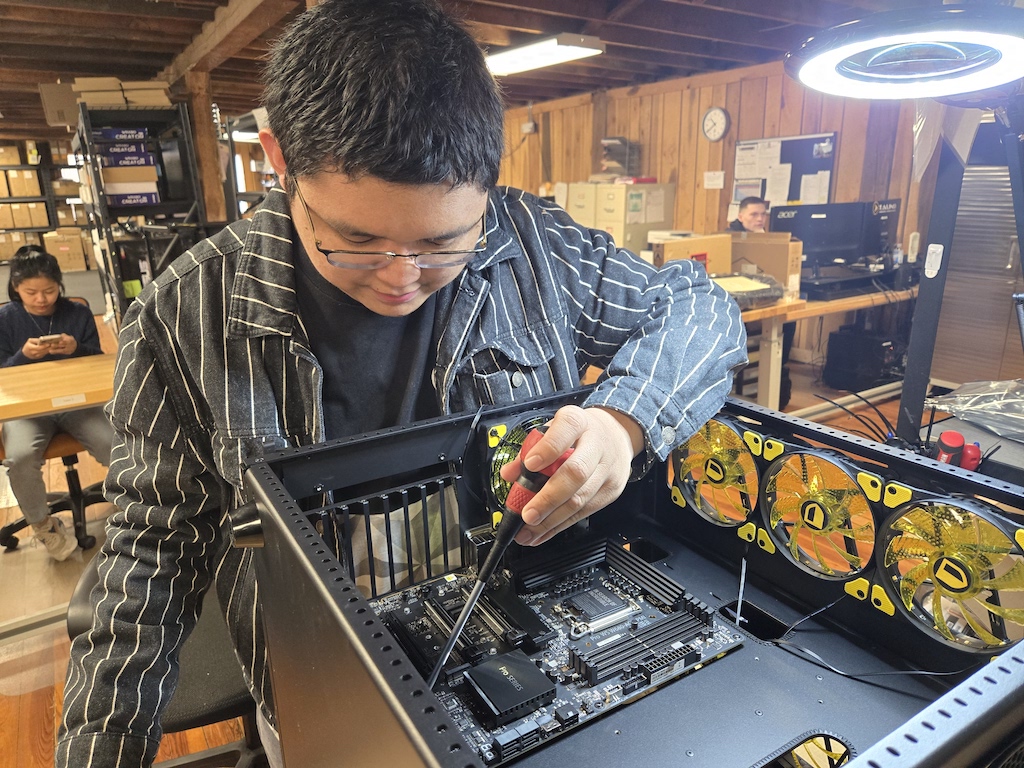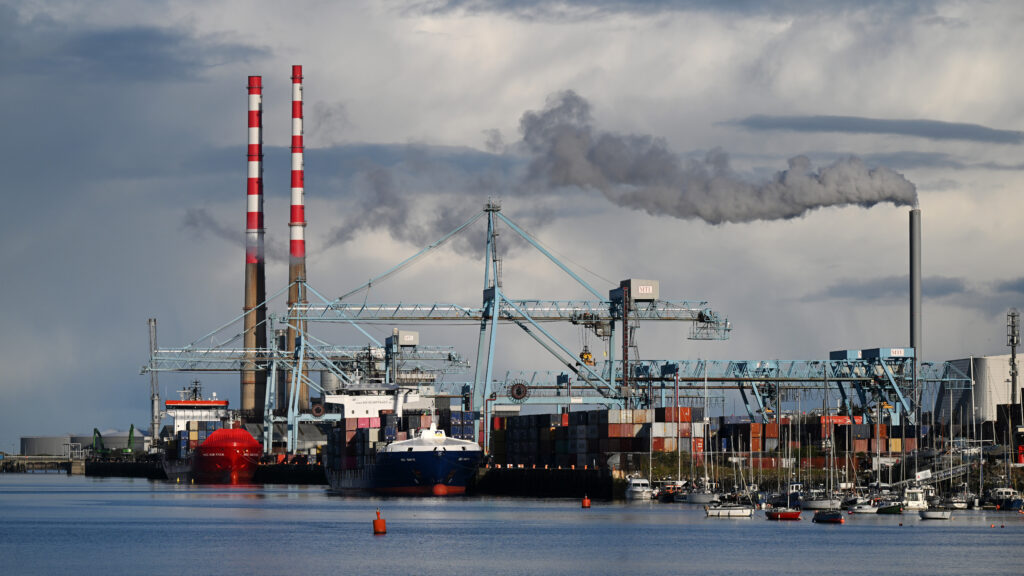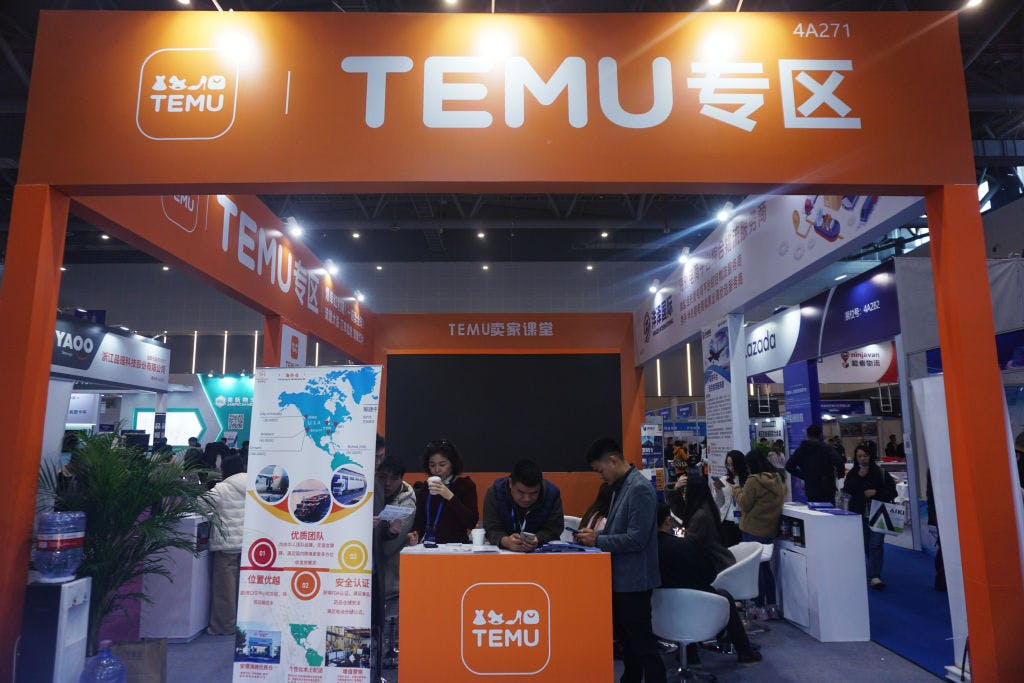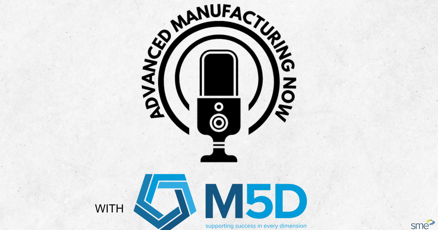Breakthrough Weight-Loss Drug: Lilly Accelerates US Production After Landmark Clinical Success
Manufacturing
2025-04-21 12:51:48
In a bold move that sent shockwaves through the pharmaceutical industry, President Donald Trump took an aggressive stance with top pharmaceutical executives in February. During a high-stakes meeting, Trump directly confronted leaders like Eli Lilly CEO David Ricks, wielding the threat of substantial tariffs as a powerful negotiation tool. The president's message was clear and uncompromising: bring manufacturing operations back to American soil or face significant economic consequences. By leveraging the potential of punitive tariffs, Trump sought to pressure pharmaceutical giants into reshoring their production facilities, a key component of his "America First" economic strategy. This confrontational approach highlighted the administration's commitment to revitalizing domestic manufacturing and reducing reliance on overseas production. For pharmaceutical companies like Eli Lilly, the ultimatum represented a challenging proposition that could potentially reshape their global manufacturing strategies. The meeting underscored the Trump administration's willingness to use economic pressure as a means of driving corporate decision-making, sending a strong signal to the pharmaceutical industry about the importance of investing in American jobs and infrastructure. MORE...
Factory Floors and Future Talent: Gen Z's Manufacturing Makeover
Manufacturing
2025-04-21 11:54:55
The American manufacturing renaissance is on the horizon, with millions of new jobs potentially emerging across the country. However, a critical challenge looms: Gen Z workers seem hesitant to embrace these blue-collar opportunities, despite recent shifts in employment trends. As industries like semiconductor manufacturing and electric vehicle production ramp up domestic production, companies are eager to rebuild America's industrial workforce. Yet, the younger generation appears reluctant to step into these roles, creating a potential talent gap that could hinder economic growth. While the pandemic prompted some workers to reconsider traditional career paths, Gen Z's perception of manufacturing remains lukewarm. Many young professionals still view these jobs as less prestigious compared to tech or white-collar careers, overlooking the competitive wages and stable employment manufacturing can offer. Employers are now facing the urgent task of reshaping the narrative around manufacturing, highlighting technological advancements, competitive salaries, and meaningful career progression. The future of American industrial strength may depend on successfully attracting and engaging the next generation of workers. As the landscape of work continues to evolve, bridging the perception gap between Gen Z and manufacturing opportunities will be crucial for sustaining the country's economic momentum and industrial competitiveness. MORE...
Local Business Breathes New Life into Idle Owego Industrial Space
Manufacturing
2025-04-21 11:24:31
A historic industrial landmark in Tioga County is poised for a vibrant revival, breathing new life into a building that has long been a cornerstone of local manufacturing. After decades of hosting various industrial enterprises, this versatile facility is once again preparing to buzz with activity, signaling renewed economic potential for the region. The building, which has weathered numerous economic shifts and industrial transformations, stands as a testament to the area's resilient manufacturing heritage. Its upcoming resurgence promises not just renewed economic opportunity, but also a symbol of continuity and adaptability in a changing industrial landscape. Local stakeholders are optimistic about the building's future, seeing it as more than just a physical structure, but as a dynamic space capable of supporting innovative businesses and contributing to the community's economic vitality. The imminent return to productivity represents hope and potential for Tioga County's industrial sector. MORE...
Web of Innovation: Kraig Labs Spins Breakthrough in Spider Silk Mass Production
Manufacturing
2025-04-21 11:05:00
Revolutionary Breakthrough: Synthetic Spider Silk Manufacturing Reaches New Milestone
Scientists have achieved a groundbreaking milestone in materials engineering with the first-ever simultaneous production of synthetic spider silk, marking a significant leap forward in advanced manufacturing technologies. The BAM-1 hybrid material has not only met but dramatically exceeded performance expectations, promising transformative applications across multiple industries.
This innovative breakthrough represents a critical turning point in synthetic materials research. By successfully replicating the complex molecular structure of natural spider silk, researchers have unlocked unprecedented potential for creating ultra-strong, lightweight materials with remarkable versatility.
The BAM-1 hybrid's exceptional performance metrics suggest immense potential for future applications, ranging from medical technologies and aerospace engineering to sustainable textile production. This development could revolutionize how we approach material design and manufacturing, offering solutions that were previously considered impossible.
As researchers continue to refine and scale this technology, the implications for global manufacturing and technological innovation are profound, signaling a new era of advanced material science.
MORE...Green Tech Victory: Apple Slashes Carbon Footprint, Halves Manufacturing Emissions in Landmark Sustainability Push
Manufacturing
2025-04-21 10:13:56
Apple is making remarkable strides in environmental sustainability, showcasing impressive progress in its ongoing commitment to combat climate change. In its latest Environmental Progress Report, the tech giant revealed a groundbreaking achievement: reducing greenhouse gas (GHG) emissions across its entire value chain by over 60% compared to its 2015 baseline. This significant milestone represents a major leap forward in Apple's ambitious environmental strategy. The company continues to demonstrate leadership in corporate sustainability, proving that innovative technology and environmental responsibility can go hand in hand. By surpassing the 60% emissions reduction target, Apple is not just talking about climate action—it's delivering tangible results. The comprehensive report highlights the company's holistic approach to reducing its carbon footprint, encompassing everything from product design and manufacturing to supply chain operations. This achievement underscores Apple's dedication to creating a more sustainable future and setting a powerful example for other global corporations. As climate change remains a critical global challenge, Apple's progress offers a beacon of hope and a blueprint for how technology companies can drive meaningful environmental change. MORE...
Casting Shadows: Wisconsin Foundry Competes for National Honor While Facing Uncertain Horizon
Manufacturing
2025-04-21 09:50:30
In a strategic move to reduce government expenditures, the energy-management initiative has been temporarily suspended under the Trump administration's comprehensive federal spending reduction plan. This pause reflects the administration's commitment to streamlining government operations and reassessing current infrastructure and resource allocation strategies. The project's current hold status signals a careful reevaluation of its scope, potential cost-effectiveness, and alignment with broader fiscal priorities. While the temporary suspension may raise questions about the future of energy management efforts, it represents a calculated approach to government spending and resource optimization. MORE...
Manufacturing's Promised Renaissance Hits Unexpected Roadblock
Manufacturing
2025-04-21 09:30:33
Trump's Vision for Revitalization Stumbles: Economic Challenges Persist Former President Donald Trump has repeatedly pledged to restore American industrial might to its former glory, painting a picture of economic renaissance. However, the reality on the ground tells a more complex story. Despite bold promises, his proposed policies have actually created significant headwinds for the very sectors he claims to champion. The disconnect between rhetoric and economic impact is stark. While Trump speaks passionately about bringing jobs back and reinvigorating manufacturing, his trade policies and economic strategies have often produced unintended consequences. Tariffs, trade wars, and protectionist measures have, in many cases, created more uncertainty than opportunity for American businesses. Small and medium-sized enterprises have been particularly vulnerable, facing increased costs and disrupted supply chains. The very workers Trump promised to protect have found themselves caught in a challenging economic landscape, where good intentions have not translated into tangible economic improvements. The gap between campaign promises and economic outcomes highlights the intricate nature of industrial policy. Restoring economic greatness requires more than passionate speeches—it demands nuanced, strategic approaches that balance global competitiveness with domestic economic health. As the debate continues, one thing remains clear: the path to economic revitalization is far more complicated than campaign rhetoric suggests. MORE...
Factory Facade: Trump's Manufacturing Promises Clash with State-Level Support
Manufacturing
2025-04-21 09:00:26
Steve Whalen is a passionate advocate for Delaware's manufacturing prowess, taking immense pride in producing high-tech computers specifically designed for law enforcement. With unwavering enthusiasm, he emphasizes how his company's innovative technology helps police officers effectively "catch bad guys" and enhance public safety. However, Whalen faces significant challenges ahead. The current economic landscape, marked by escalating tariffs on imports from China and other countries, coupled with substantial government spending reductions and the gradual phase-out of support programs for small manufacturers, threatens to create substantial obstacles for his business. These emerging economic pressures could potentially undermine the sustainability of local manufacturing operations like Whalen's, which have long been crucial to maintaining regional economic vitality and technological innovation. As small manufacturers navigate these complex challenges, their ability to remain competitive and continue producing specialized equipment becomes increasingly uncertain. MORE...
Digital Revolution: How Paperless Manufacturing Software is Transforming Factory Floors
Manufacturing
2025-04-21 08:45:18
Global Paperless Manufacturing EBR Software Market Poised for Remarkable Growth
Market Research Intellect has unveiled promising insights into the future of the Paperless Manufacturing Electronic Batch Record (EBR) Software market within the Internet Communication and Technology sector. The research indicates a trajectory of substantial expansion between 2025 and 2032, driven by transformative market dynamics and cutting-edge technological innovations.
The anticipated growth is underpinned by several key factors, including:
- Rapid technological advancements in digital manufacturing processes
- Increasing demand for streamlined and efficient electronic documentation
- Growing emphasis on reducing paper waste and improving operational transparency
- Enhanced digital transformation strategies across industries
As businesses continue to prioritize digital solutions and seek more intelligent manufacturing approaches, the Paperless Manufacturing EBR Software market is expected to witness unprecedented expansion, offering significant opportunities for technology providers and manufacturers alike.
MORE...Pharma Powerhouse Trembles: How Trump's Trade Tariffs Could Shake Ireland's Economic Foundations
Manufacturing
2025-04-21 08:30:00
As the pharmaceutical industry braces for potential trade disruptions, President Trump is zeroing in on Ireland with a targeted approach to pharmaceutical tariffs. The administration's crosshairs are firmly set on the emerald isle, which has long been a strategic hub for global pharmaceutical manufacturing and research. Ireland, known for its attractive corporate tax environment and skilled workforce, has become a key location for many international pharmaceutical giants. Trump's proposed tariffs suggest a complex geopolitical strategy that could significantly impact the global pharmaceutical supply chain and Ireland's economic landscape. The potential trade measures signal a broader narrative of economic pressure and strategic repositioning in the international pharmaceutical market. With Ireland's pharmaceutical sector playing a crucial role in global drug production and innovation, the impending announcement has industry leaders and policymakers on high alert. As tensions mount, the pharmaceutical world watches closely, anticipating the potential ripple effects of these proposed tariffs and their implications for international trade, medical innovation, and economic relationships between the United States and Ireland. MORE...
- 1
- 2
- 3
- 4
- 5
- 6
- 7
- 8
- 9
- 10
- 11
- 12
- 13
- 14
- 15
- 16
- 17
- 18
- 19
- 20
- 21
- 22
- 23
- 24
- 25
- 26
- 27
- 28
- 29
- 30
- 31
- 32
- 33
- 34
- 35
- 36
- 37
- 38
- 39
- 40
- 41
- 42
- 43
- 44
- 45
- 46
- 47
- 48
- 49
- 50
- 51
- 52
- 53
- 54
- 55
- 56
- 57
- 58
- 59
- 60
- 61
- 62
- 63
- 64
- 65
- 66
- 67
- 68
- 69
- 70
- 71
- 72
- 73
- 74
- 75
- 76
- 77
- 78
- 79
- 80
- 81
- 82
- 83
- 84
- 85
- 86
- 87
- 88
- 89
- 90
- 91
- 92
- 93
- 94
- 95
- 96
- 97
- 98
- 99
- 100
- 101
- 102
- 103
- 104
- 105
- 106
- 107
- 108
- 109
- 110
- 111
- 112
- 113
- 114
- 115
- 116
- 117
- 118
- 119
- 120
- 121
- 122
- 123
- 124
- 125
- 126
- 127
- 128
- 129
- 130
- 131
- 132
- 133
- 134
- 135
- 136
- 137
- 138
- 139
- 140
- 141
- 142
- 143
- 144
- 145
- 146
- 147
- 148
- 149
- 150
- 151
- 152
- 153
- 154
- 155
- 156
- 157
- 158
- 159
- 160
- 161
- 162
- 163
- 164
- 165
- 166
- 167
- 168
- 169
- 170
- 171
- 172
- 173
- 174
- 175
- 176
- 177
- 178
- 179
- 180
- 181
- 182
- 183
- 184
- 185
- 186
- 187
- 188
- 189
- 190
- 191
- 192
- 193
- 194
- 195
- 196
- 197
- 198
- 199
- 200
- 201
- 202
- 203
- 204
- 205
- 206
- 207
- 208
- 209
- 210
- 211
- 212
- 213
- 214
- 215
- 216
- 217
- 218
- 219
- 220
- 221
- 222
- 223
- 224
- 225
- 226
- 227
- 228
- 229
- 230
- 231
- 232
- 233
- 234
- 235
- 236
- 237
- 238












